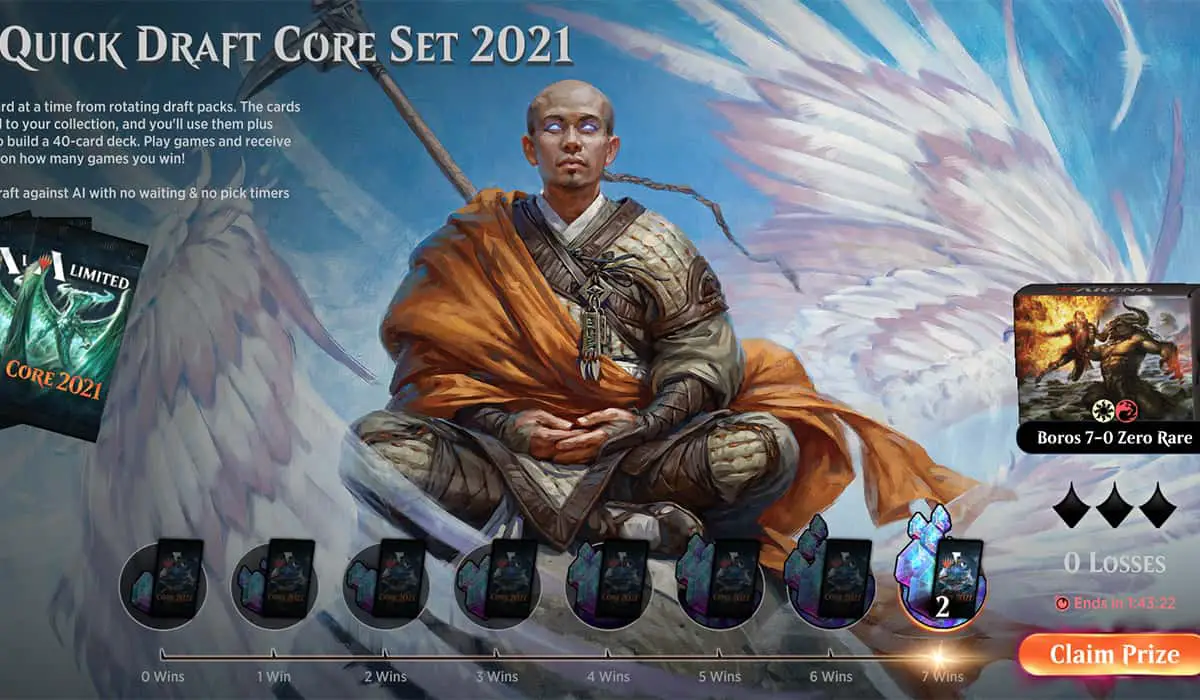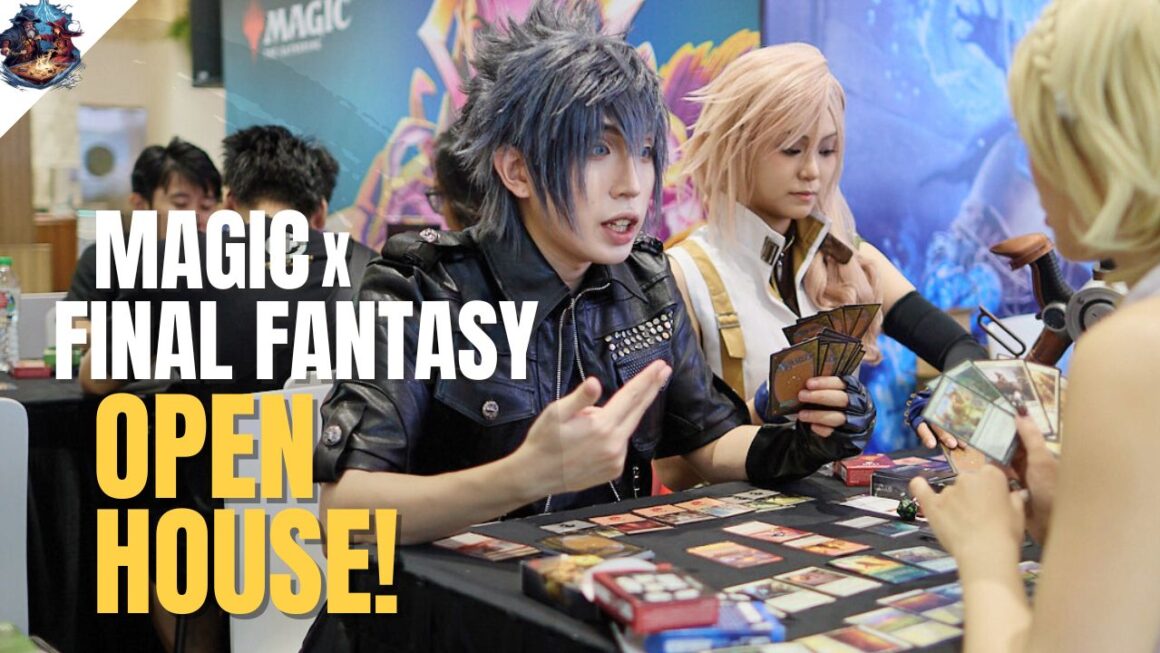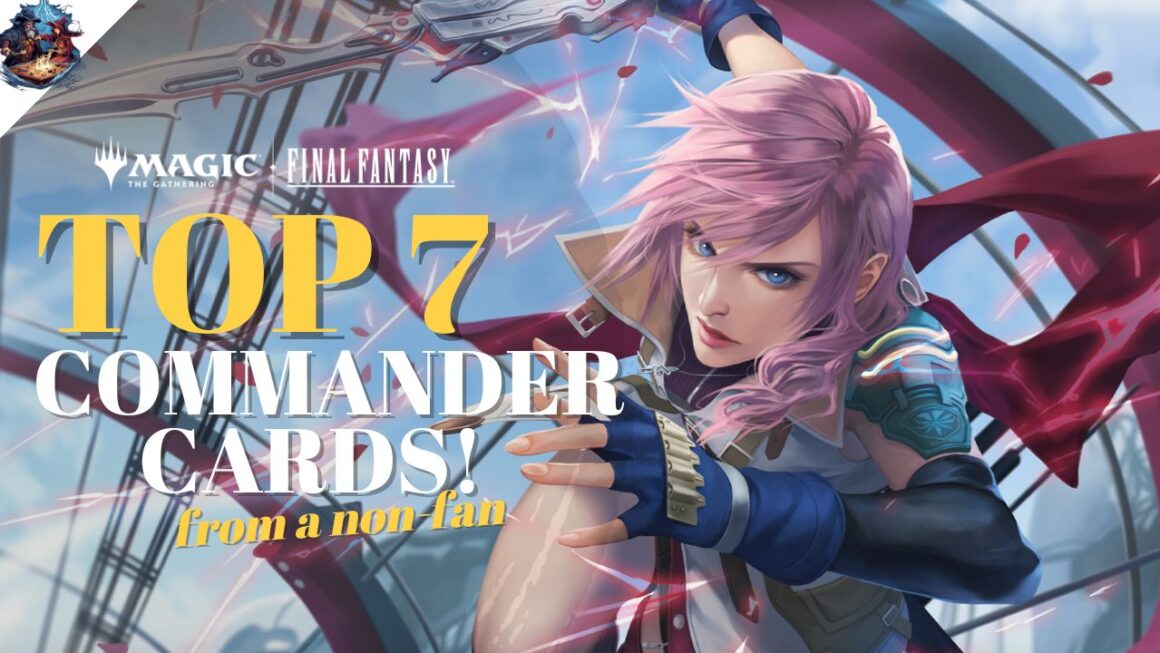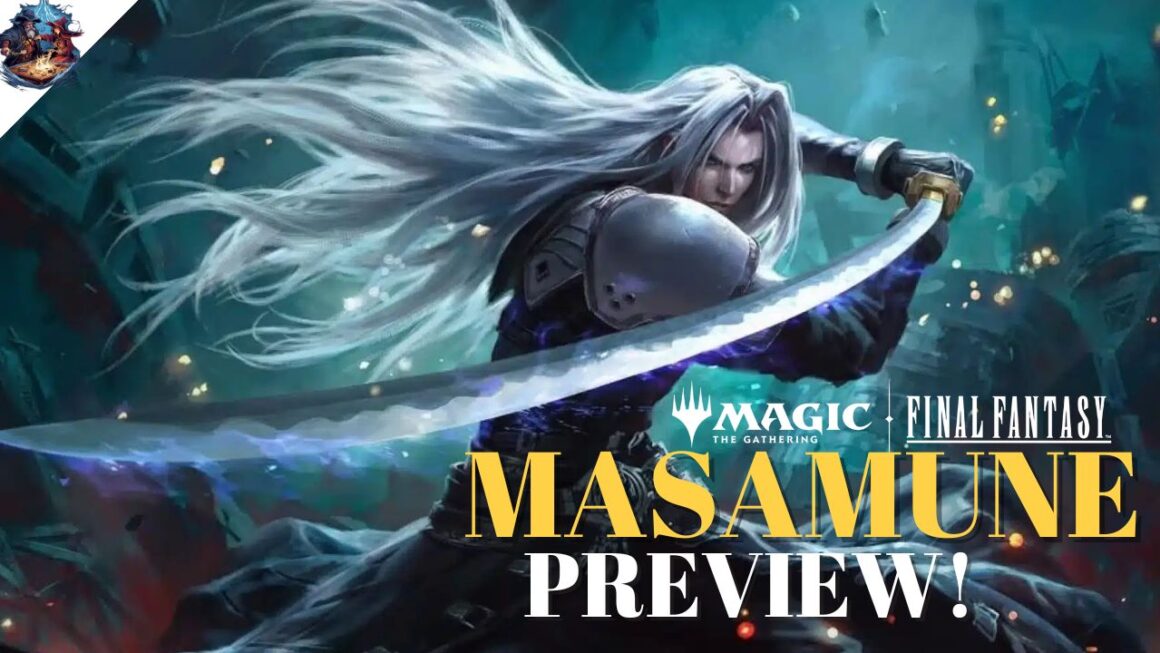The question has plagued many forum boards, demonised discussions and even players’ dreams: How do you draft well enough to win in Magic: the Gathering?
The important, success factors that are more applicable to Draft than any other Magic: the Gathering format are: research, analytical skills, and (sadly) luck.
What is Draft?
In Magic: the Gathering, the Draft format brings unpredictability and spontaneity to a game that normally revolves a lot around constructed decks. A “pod” of 8 players is required to kickstart a Draft, and each player is given 3 booster packs (of 15 cards each).
Each player opens their first pack, picks one card, and then passes the remainder to the player on the right, until all cards are distributed. The process repeats for pack 2 and 3, but this time the direction alternates to the left for the second pack, and back to right for the final pack.
Once all 3 packs are distributed, players start building their deck according to what they’ve drafted. The minimum deck size is 40, which most players stick to. 17 lands out of 40 cards is a good gauge, but there are times when you can reduce that number, for example if you have very few cards above 4 mana casting cost.
Before You Begin Drafting: Research!
If you want to be relatively competitive in Draft, you have to know the cards from the set that you are playing. Don’t people say “to beat your enemy, you have to know your enemy?” Well, the same applies to Draft. Read up about the set’s unique mechanics (in Ikoria, for example, Cycling and Mutate are two of the highlighted mechanics of the set).

It’s also very useful to have read up on each card’s abilities and text, so that you won’t waste time reading the cards during the actual Draft. In MTG Arena Player Draft, there is a live timer to do each pick, since all eight players are real people. You don’t want to be pressured and picking a bad card because time ran out. By knowing what the cards do, you can spend the crucial minute thinking about deck synergy and your overall strategy.
Improve Deck Synergy & Analytical Skills
Try not to think of your Draft deck as 40 individual cards, but perhaps 20+ cards (we won’t count the Lands) that can play off each other. Pick cards so that by playing one, there is a chance of another card’s effect triggering, hence doubling the attained value. For example, one of the common synergy archetypes is about “noncreature spells.” There might be multiple cards in the Draft set that says “when you cast a noncreature spell, X happens.” Thus just by casting one noncreature spell, you not only get the value from the spell, you also get the triggered effect of one or more other cards.
If you spot in your Draft pod that there are many payoff cards with the same triggering clause, then by picking those cards you greatly increase the synergy of your deck, and you can begin to craft your deck based on that synergy.
The challenge here is to hone those analytical skills so that your mind can quickly evaluate the synergy level of individual cards. By mentally cross-referencing other cards (that you’ve already researched on), you can make better decisions during the draft picking process. Don’t forget that there is a time limit in draft picks as well, so speed is of the essence!
Need a real-world demonstration? Check out our series Drafting for Dummies here:
What Makes A Good Card In Draft
Someone once told me “every rare card can be a good card.” While I don’t disagree, the more important question to ask is “is it good in Draft?” For example, in Ikoria, the Ultimatum cycle of cards carry immense value and are undoubtedly very powerful if you resolve it. But does that mean it should be the highest priority to pick? Not necessarily. Here’s why:
- The Ultimatums (eg. Eerie Ultimatum) have high casting requirements, and involve 3 different colours. That means your Draft deck will have to run those 3 colours just to be able to cast this one card. It may not be worth it as 3-colour decks have a higher chance of encountering mana problems than a 2-colour or mono-colour deck.
- In an early pick, for example in the first half of the first pack, it may not be a good idea to commit to all 3 colours so quickly, as you won’t know what other cards await. A better, more efficient card may come along that is not part of these 3 colours.
Here are some examples of good and useful cards for Draft:
Draft Removal Cards to Get Rid of Threats
These are important because they’re hard to come by, and if the opponent plays a big dinosaur creature that flies, or a Planeswalker with good abilities, you’ll want a quick and effective way to kill it. For example, Blood Curdle in Ikoria is just a common card, but because it can directly kill a creature for 3B, players may rate it higher than many rare cards that do not help in their deck.
Each colour has its own ways of removal. Black has “destroy” effects, Red uses burn damage, Green tends to “fight” between creatures, and White exiles or incapacitates (see Pacifism). Blue also incapacitates using “tap” tricks and also returning cards to the owner’s hand.
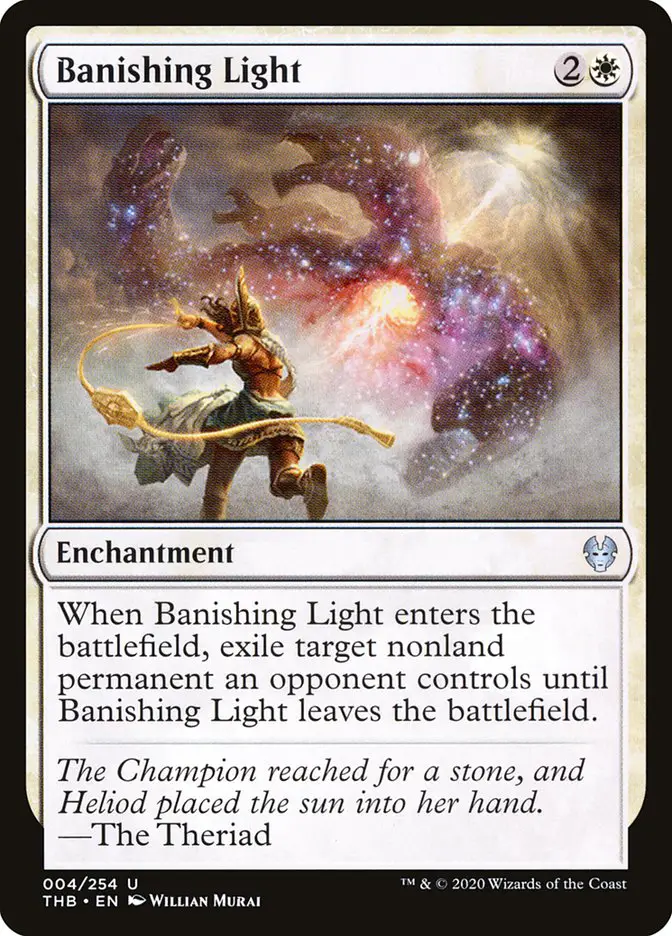




Draft 2-For-1 Value Cards to Out Value Opponents
Because Draft is not as refined as your Constructed deck, value and efficiency can often determine the winner of a match. Creatures with a “Enter the Battlefield” trigger can mean more value as you get both a creature on the board, and an extra effect that can harm your opponent. Other kind of 2-for-1 cards are Enchantments that can trigger multiple times over the course of a game, such as Ominous Seas or Bastion of Remembrance.
Other kinds of 2-for-1 cards are those with dying triggers, or when your creature deals combat damage to a player. However these are less impactful as they only give value after you’ve completed a requirement. They are still good to draft, but should take a lower priority.
For example, Conclave Mentor has two trigger abilities – great. However if your deck is not synergised and there are no ways to add +1/+1 counters, then at best you will gain 2 life when it dies. This is why our first point – synergy – is fundamental when considering all picks.
Draft (Some) Planeswalkers for Recurring Value
This should begin with a disclaimer: not all Planeswalkers have good abilities and fit well in your deck synergy or colours. But in general, Planeswalker provide continuous value over many turns (provided you can keep them alive), and also offer a powerful win condition if you use their ultimate ability and receive an Emblem. The Emblems are often powerful on its own and as of 2020 there is no way to remove an Emblem from a player.


Chandra, Torch of Defiance is a well-known character and planeswalker from an earlier set. It’s also notoriously known to be one of the best Red Planeswalkers, mainly because her abilities are so diverse and useful. You could use it to remove an opponent’s creature, deal damage to the opponent directly, or add mana to cast bigger spells. Her Emblem effect is very powerful and will quickly win you the game. Drafting a Planeswalker card like this would greatly increase your chances of winning.
Watch and Learn as the Pros Draft

To end off, I’d highly recommend watching good drafters’ games on YouTube before diving into your first game. Although watching is not the same as doing, you can analyse their choices and look out for any mistakes that they or opponents play. Many of these content creators also provide commentary on their pick and gameplay choices, so that’s much to learn.
Here are two players who I admire and have learned a lot from:
If you’re still confused over strategies or have any questions, feel free to reach out to us or e-mail tapandsac@gmail.com and we will try our best to help.

